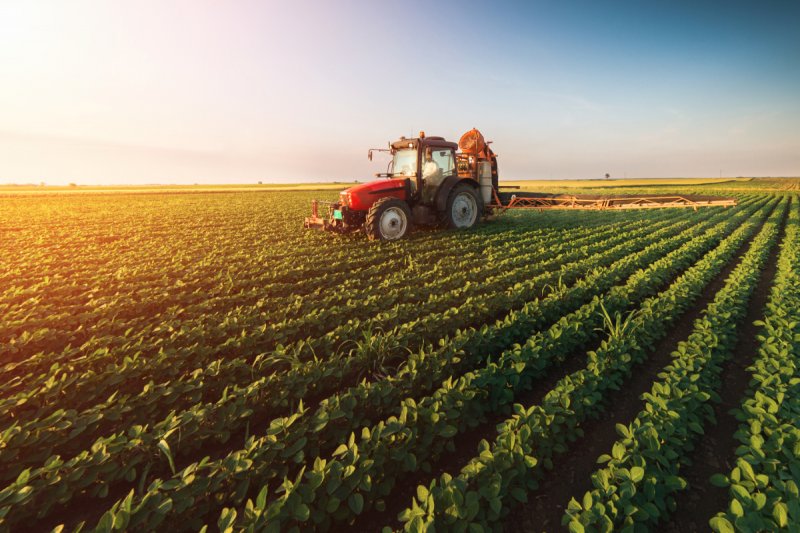Albania's Agriculture Declined in 2022 as DGP Grew
National economy grew by an average of 4.3% in the 9th month of 2022, but only the agriculture sector recorded a decline, reflecting the weaknesses that the sector is showing due to the increase in the prices of raw materials, the demographic transition and the decrease in the number of animals.
Official data of INSTAT show that the branch of agriculture, which includes forests and fishing, recorded a decrease of 0.02% in the 9th month of 2022.
Agriculture was the only sector to decline in 2022, as the economy as a whole continued to grow above average mainly due to positive developments in tourism and the construction sector.
Agriculture, the main branch of the country's economy, which accounts for nearly a fifth of the national economy and contributes about 45% to employment, is shrinking.
More detailed data from the sector show that the contraction is coming mostly from the livestock sector, which is the largest sub-sector in Agriculture.
The reduction of the population in rural areas has caused the decrease in the number of cattle. Small livestock farms with 1 to 3 head are shrinking rapidly, not only due to population decline, but also due to its aging population.
Only during 2021, the number of cattle has been reduced by more than 7 percent, while compared to 10 years ago, the number of heads for meat and milk has halved.
On the other hand, the cultivation of agricultural products encountered difficulties last year mainly due to the increase in the costs of raw materials. Farmers have claimed that the prices of agricultural inputs increased from 50 to 100 percent, causing the areas planted in greenhouses to be reduced.
Professor Ilir Kapaj, vice chancellor at the Agricultural University of Tirana, previously stated for "Monitor" that the moment has come for the farmer to be seen beyond his contribution to agricultural production and more as a contributor to the overall rural development of the country. This is a model that is being followed in European countries.
He underlines that in order to have a more innovative agriculture, it is necessary to create new knowledge, or new combinations of existing knowledge to transform into innovation.
The latter can be created or updated through their transfer activities, that is, through training methods provided by specialized centers that produce knowledge in the relevant field.
Farmers expect a better year in 2023 mainly from increased production in greenhouses. The operation of the subsidy scheme for greenhouses and livestock is expected to have a positive impact.
Higher prices from export markets, together with subsidies, have raised expectations from farmers to increase the areas cultivated in greenhouses.
(Source: Monitor)













